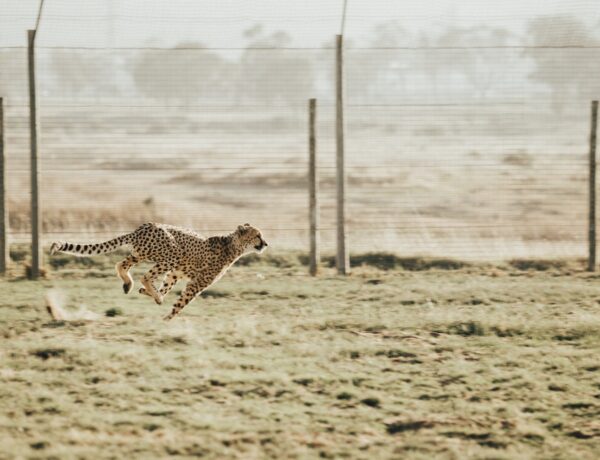The sensory experience of writing isn’t just about putting words on paper or typing away at a keyboard. It’s an immersive process, engaging not only the mind but also the senses. Among these, the auditory sense often stands out, playing a unique role in the dance of creativity.
Many have found a deep connection between the rhythms of music and the rhythms of words, an intertwining of melodies with narratives. This bond between music and the writing process isn’t just coincidental; it’s a symphony of inspiration and expression, where one art form enhances the other, elevating both to new heights.
The Science Behind Music and Creativity
When it comes to creativity, music acts as a potent catalyst. Scientifically, music stimulates various parts of the brain, including the regions associated with emotions, memories, and even motor actions. This stimulation goes beyond mere enjoyment; it can enhance mood, increasing feelings of happiness or melancholy depending on the genre.
Moreover, certain tunes can boost motivation, making tedious tasks feel more achievable. Cognitive functions also receive a nudge. For instance, background music can aid in better focus, memory recall, and even problem-solving capabilities. In essence, a simple melody or rhythm can spark a cascade of neural events, all converging to amplify the creative process.
Types of Music and Their Effects
Different genres of music bring varied effects to the table. Classical music, often touted for its cognitive benefits, is linked to the “Mozart effect” — a theory suggesting improved spatial-temporal reasoning after listening to Mozart. Lo-fi beats, with their repetitive and soothing tones, have surged in popularity as aids for concentration, especially among students and writers.
For those seeking a neutral auditory backdrop, nature sounds like rustling leaves or gentle rain, and white noise can offer an environment free from distracting sudden noises. Meanwhile, movie soundtracks, carefully curated to evoke specific emotions, can be powerful tools for writers. They can transport one to different worlds, evoking emotions ranging from intense drama to mellow introspection, making the pen move with heightened passion and precision.
Benefits of Writing with Background Music
The act of writing, while deeply personal, can be significantly elevated with the right background music. Music can set the tone, quite literally, for a scene, allowing the writer to immerse more deeply into the ambiance they’re trying to capture. A soft melody can inspire new creative avenues, leading to unexpected twists in plot or character development.
Beyond just inspiration, the consistent hum or rhythm can drown out ambient noises – the distant chatter, the ticking clock – which might otherwise distract. Moreover, just as runners might pace themselves to the tempo of a song, writers can find a rhythm in music, leading to consistent and focused writing sessions. In short, music becomes more than just a background element; it’s a tool, enhancing and refining the writing process.
Potential Distractions and How to Avoid Them
However, music’s charms come with potential pitfalls. Lyrics, especially those of favorite songs, can divert one’s focus, leading the mind to sing along rather than write. At times, an intense mix of sounds might lead to overstimulation, clashing with the writer’s intent rather than aiding it. To harness the power of music without succumbing to these distractions, it’s essential to make informed choices.
Opting for instrumental versions or genres devoid of lyrics can mitigate the risk of wandering attention. Additionally, understanding one’s purpose can guide music selection — ambient sounds for relaxation, upbeat instrumentals for energetic scenes, or perhaps complete silence when intricate detailing is required. In essence, while music can be a powerful ally, discernment in its selection ensures it complements the writing journey.
Curating Your Perfect Writing Playlist
Crafting the perfect writing playlist is akin to stitching together pieces of a mosaic; each track adds a unique shade to the creative tapestry. To start, consider the genre or mood of the scene at hand. A suspense thriller might benefit from the tension of a cinematic score, while a romance could be paired with soft ballads.
Dive into the vast world of music and experiment — from jazz to ambient, from instrumental rock to orchestral masterpieces. And if constructing a playlist seems daunting, fear not! Numerous platforms like Spotify, Apple Music, and YouTube have ready-made writing playlists, curated by fellow writers and music enthusiasts. These resources can be a great starting point, and over time, a personalized playlist can evolve, capturing the essence of one’s writing journey.
Final Thoughts
Music, with its ebbs and flows, offers a rhythm to the dance of words on paper. While there’s no universal playlist for all, there’s immense joy in discovering the tracks that resonate. By merging auditory landscapes with the narratives one crafts, a symphony of inspiration is born.
It’s an exploration, an adventure to find that perfect blend. So, to every writer out there: let the notes guide your stories, let the melodies inspire your characters, and find joy in the harmonious journey of music meeting manuscript.




No Comments